Which Fuel-Efficient Vehicles Are Most Available?
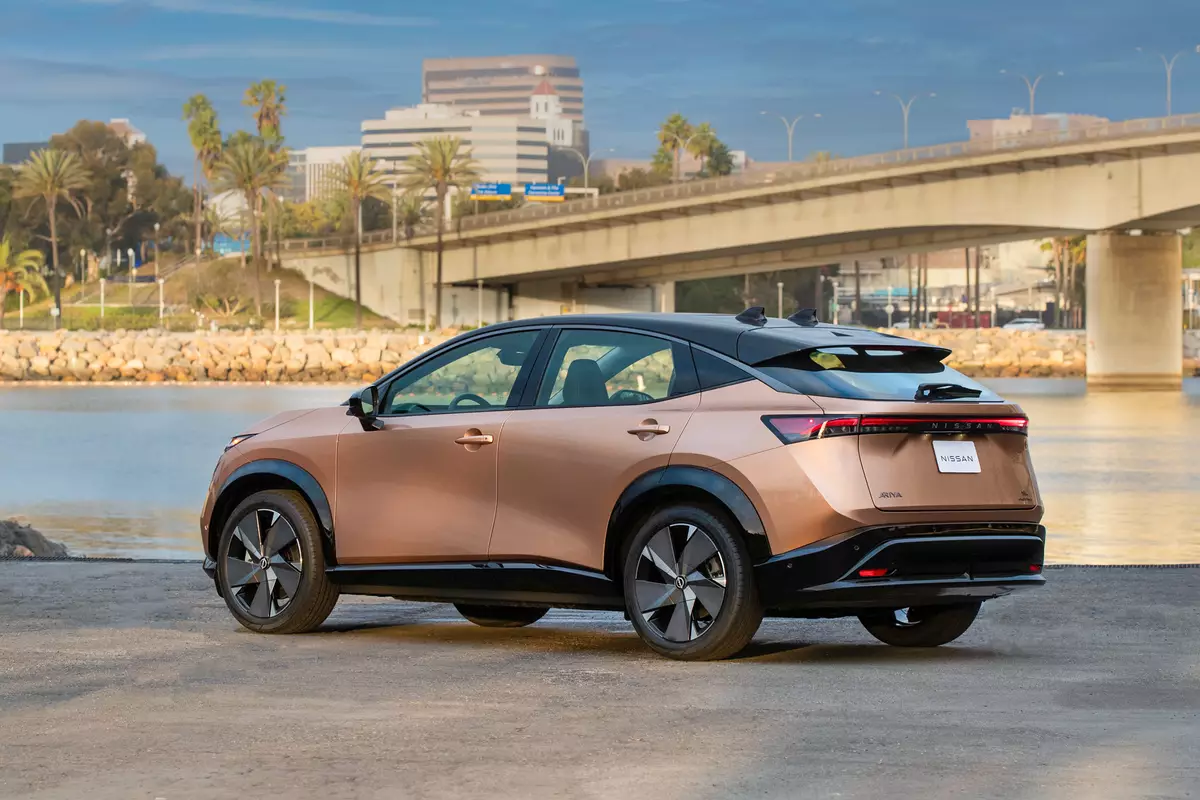
Even though fuel prices have started to fall from wild pandemic highs, no one really likes to shell out a ton of money at the pump. According to AAA, the national average for a gallon of regular gas was $3.14 on Oct. 30 — down from the $3.49 national average a year prior. Some drivers try to limit their mileage by driving less and combining errands, but if cramming a week’s worth of errands into a single trip isn’t a viable option, a hybrid or all-electric vehicle can help reduce (or eliminate) those costly trips to the gas station.
Related: How to Save Money on Gas
Fortunately, inventory has rebounded this year in a way that makes EVs in particular an extremely good deal. Federal tax credits for electric and plug-in hybrid vehicles are easier than ever to access for eligible models, too, as you can apply the credit directly to the purchase price.
However, shoppers looking for a gas-electric hybrid may still have to fight the crowds to get what they want, as hybrids are having a bit of a moment right now. Consumers have become more familiar with electrified drivetrains but remain anxious about the availability and reliability of public charging networks, Automotive News reports. A hybrid vehicle is the perfect middle ground, and more automakers are expanding their hybrid output to meet this new demand. Some brands are further ahead on this than others, with Toyota’s hybrid-heavy lineup helping to make it the fastest-selling brand on Cars.com last month.
Below are the most available new all-electric, hybrid and plug-in hybrid vehicles ranked by total inventory among Cars.com dealers along with the average number of days listings for each model have spent live on Cars.com and their average list prices as of September 2024.
Most Available EVs
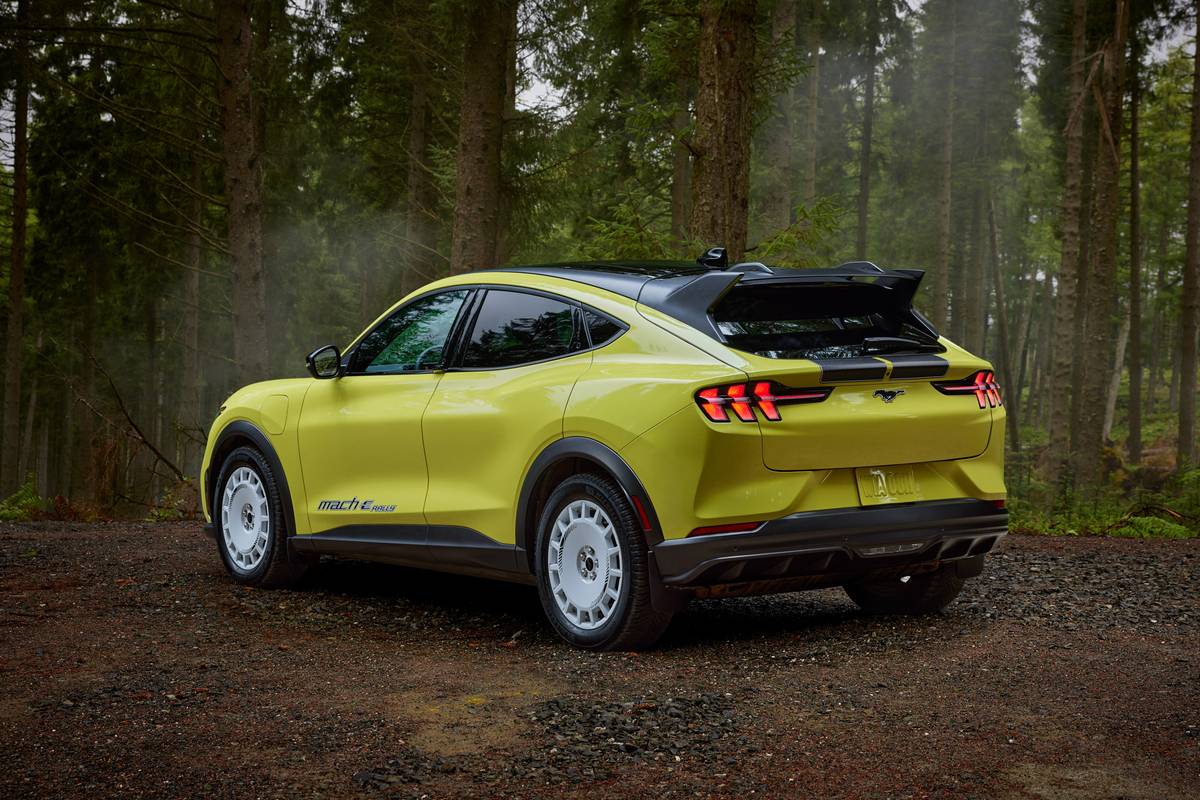
1. Ford Mustang Mach-E: 12,156 (inventory); 92 (days live on Cars.com); $50,256 (average list price)
2. Hyundai Ioniq 5: 8,263; 92; $49,133
3. Ford F-150 Lightning: 3,555; 97; $70,016
4. Kia EV6: 3,499; 76; $48,525
5. BMW iX: 3,437; 85; $98,997
6. Volkswagen ID.4: 3,361; 93; $42,778
7. Nissan Ariya: 3,317; 68; $47,759
8. Hyundai Ioniq 6: 2,738; 83; $45,819
9. Audi Q4 e-Tron: 2,530; 93; $63,139
10. Toyota bZ4X: 2,355; 36; $48,520
EVs tend to hang around on dealership lots a bit longer nowadays, which gives you a bit more leeway to haggle for a good deal. The average listing for a new vehicle stayed live on Cars.com for 72 days in September 2024, while the most widely available EV on our list — the Ford Mustang Mach-E — stayed live for an average of 92 days.
The Mustang Mach-E leads this list by thousands, with 12,156 listed for sale on Cars.com last month. It’s an EV that seemingly has a version for everyone besides those of us who wanted to see a non-SUV under that model name instead. You can spec it to be one of the longest-range or least expensive EVs on the road, or you can opt for its performance-tuned Rally trim for maximum fun.
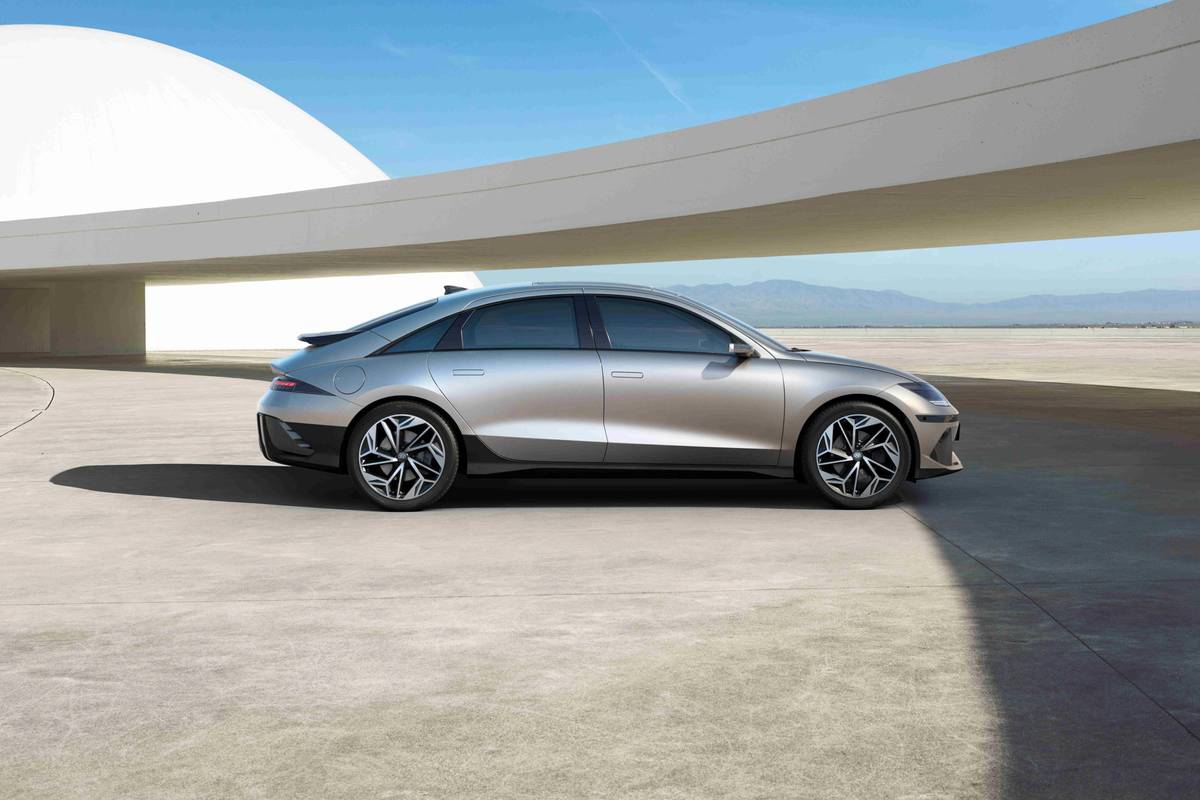
This list of the most available EVs is dominated by other affordable cars like our 2024 Best Value EV pick, the Hyundai Ioniq 6, as well as its two runners-up, the Hyundai Ioniq 5 and Kia EV6. The Ioniq 6 in particular is among one of the longest-range EVs on sale today, with some variants capable of going 361 miles on a single charge.
Notable exceptions in the above list include Lucid, Rivian, Polestar and Tesla. Because these automakers sell vehicles directly to consumers, their new models are not included in Cars.com’s dealer inventory. That being said, used Teslas are plentiful on Cars.com. As of September, used examples of the Model 3, S, X and Y accounted for 15,579 vehicles among Cars.com dealer inventory, with 7,787 of those being Tesla’s more budget-friendly Model 3.
Most Available Hybrids and PHEVs
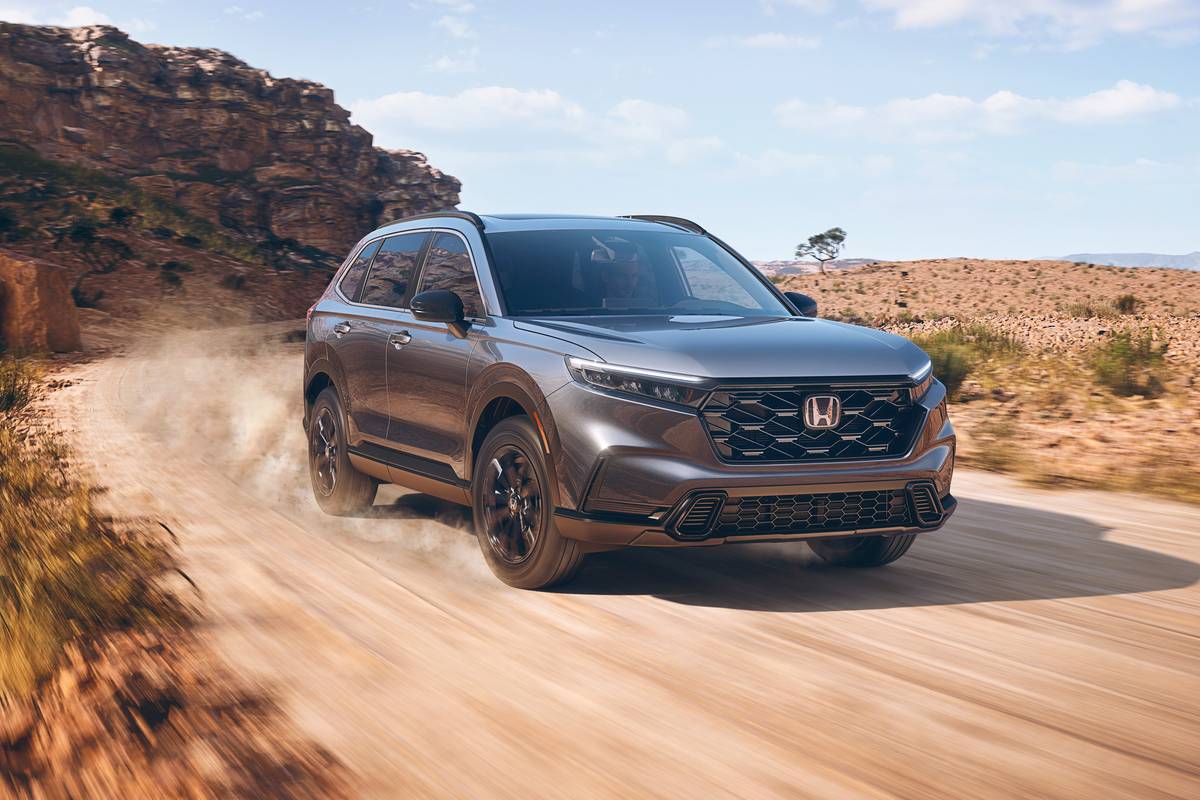
1. Honda CR-V hybrid: 14,371 (inventory); 39 (days on dealer lot); $39,241 (median price)
2. Honda Accord hybrid: 14,096; 52; $35,947
3. Ford F-150: 14,081; 65; $64,170
4. Hyundai Tucson Hybrid: 13,213; 56; $38,261
5. Toyota RAV4 Hybrid: 12,310; 23; $39,443
6. Jeep Wrangler 4xe: 12,184; 162; $55,998
7. Jeep Grand Cherokee 4xe: 7,114; 216; $58,096
8. Ford Maverick: 6,667; 30; $32,746
9. Ford Escape: 6,036; 87; $39,259
10. Toyota Sienna: 5,197; 17; $50,882
Unlike an all-electric car, a hybrid won’t let you ditch the gas station entirely, but it can help you fill up less frequently. For example, the Hyundai Elantra Hybrid gets up to an EPA-rated 54 mpg combined, while the gas-only model gets up to 36 mpg.
You’ll have to act swiftly on some of these if you’re picky about finding the exact perfect spec, however, as listings for most of these cars stay live on Cars.com for a less-than-average period of time. For example, the Toyota Sienna is among the fastest-selling vehicles on the site, with listings on the site live for only 17 days — less than a quarter of the time as the average car. The most widely available vehicle on this list, the Honda CR-V hybrid, doesn’t stick around much longer, with an average of 39 days live on Cars.com.
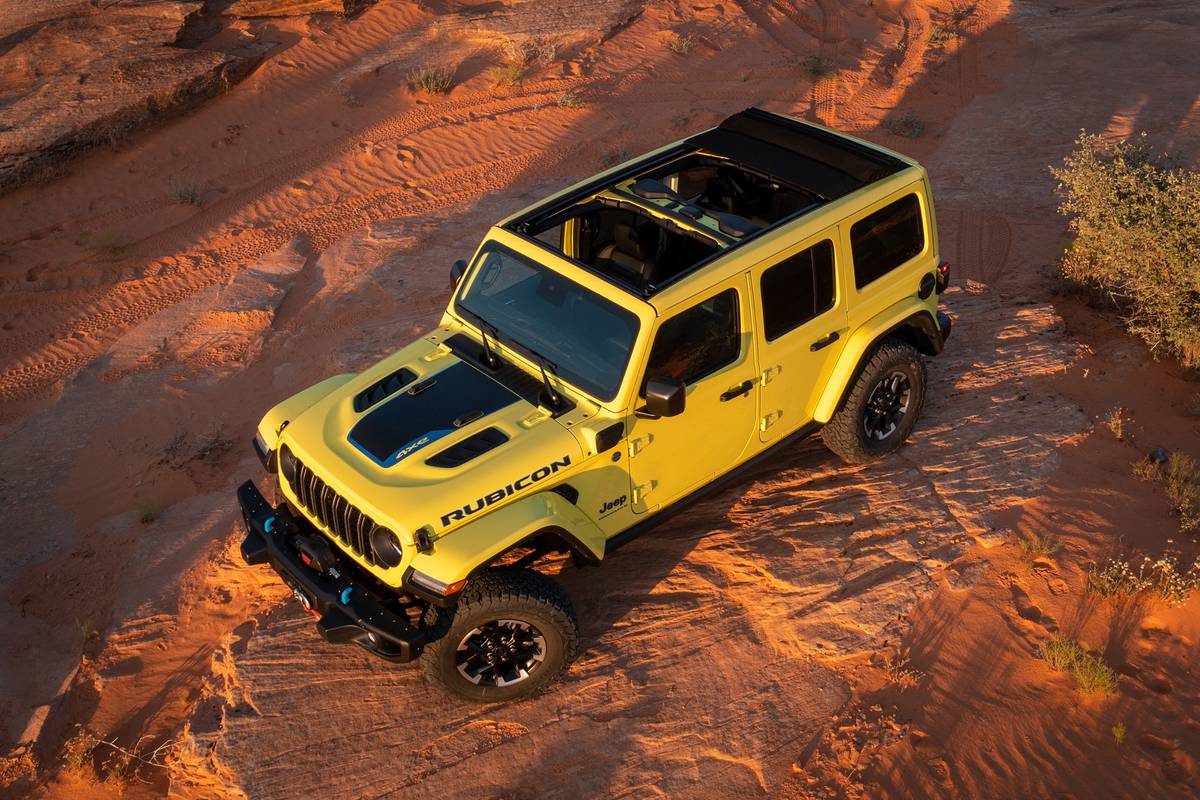
There are a few notable exceptions to that rule, however. Jeep and other Stellantis-owned brands have struggled to adjust to post-pandemic shifts in demand, which has left them with a bunch of models that simply aren’t selling well. The end result is plenty of 4xe PHEV models to choose from that dealerships are eager to move.
A Small But Available Pool
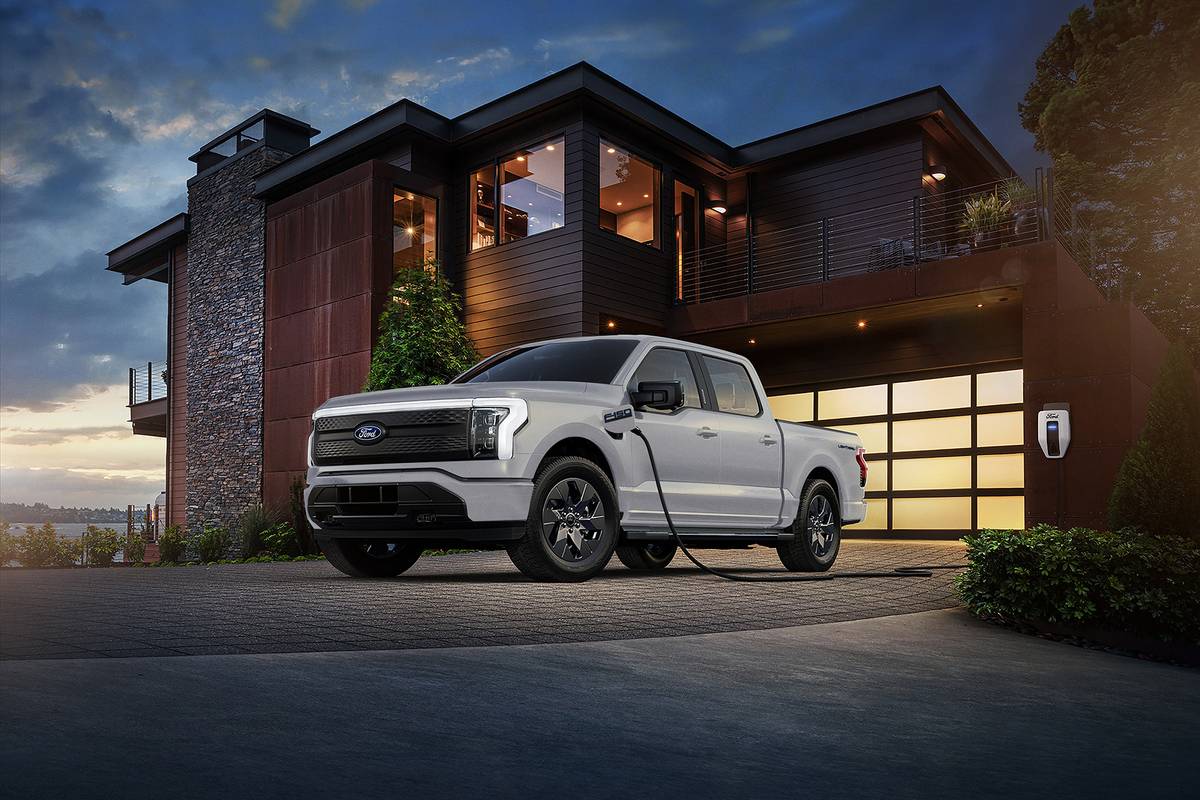
To determine which fuel-efficient electric and hybrid vehicles shoppers are most likely to find, we looked at recent inventory levels among Cars.com dealers. Electrified vehicles (including hybrids, plug-in hybrids and all-electric models) comprise approximately 16% of total new-vehicle inventory, while gas and diesel options account for the remaining 84%.
Interest in all-electric cars has grown nearly seven-fold since 2019 thanks to easier-to-use incentives, a wider selection of new models and growing familiarity with EVs. While a combination of slower sales and wider availability has made this a great time to shop for an EV, you’re still looking at a significantly smaller chunk of the vehicle market than you would be otherwise. Cars.com data shows pure-electric vehicles account for just 5.5% of all new inventory among dealers, while hybrids and PHEVs comprise nearly 11%.
Are the Fuel Savings Worth It?
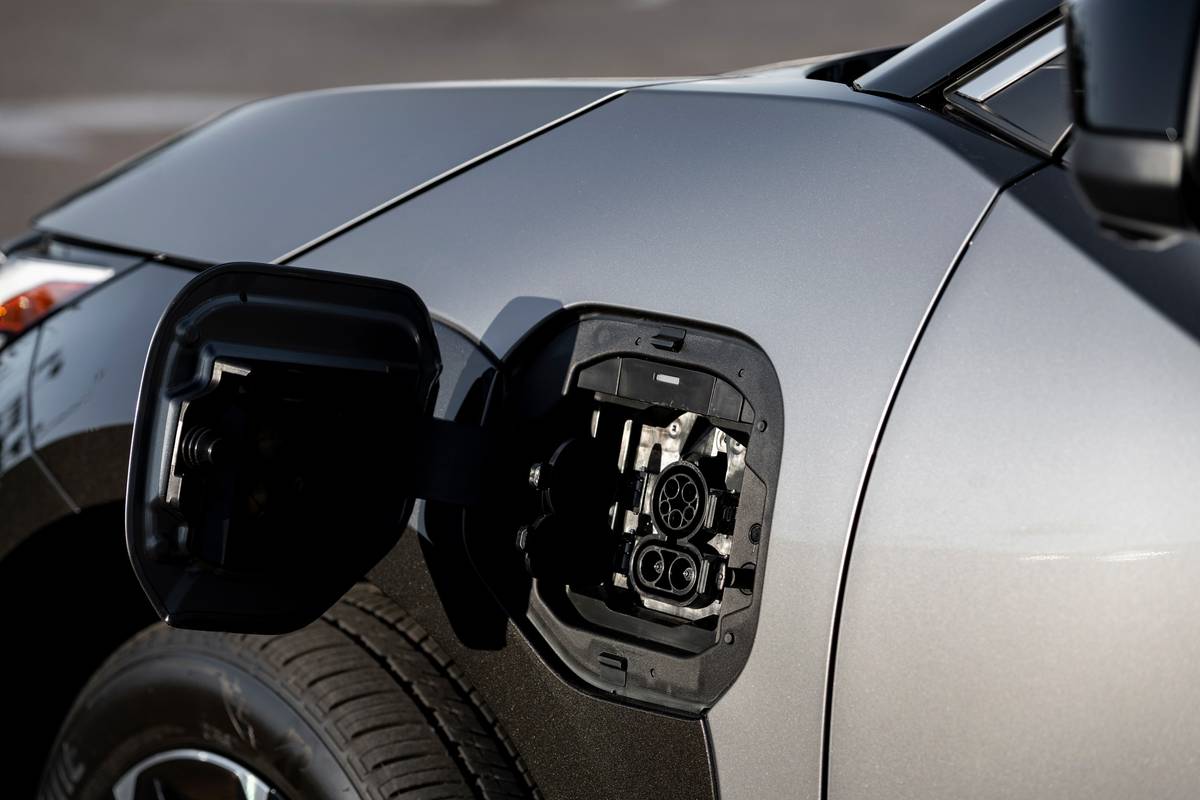
A vehicle’s availability is just one part of the equation when looking for a fuel-efficient vehicle. While hybrid ownership won’t look much different than owning a gas-only vehicle, making the leap to all-electric brings additional considerations — and costs. These include the vehicle’s maximum range, the vehicle’s overall efficiency, the costs of installing a home charger and higher average transaction prices.
While mass-market brands are starting to catch up in a big way, nearly every electrified model carries a significant hike in price over a similar gas-powered model. Though federal tax credits of up to $7,500 can offset this substantially, it’s hard not to wince at paying $34,070 for a base 2024 Hyundai Kona EV when the starting price of a new gas-powered 2024 Kona is nearly $8,500 less.
More From Cars.com:
- Every New Electric Car Starting Price and Range Available Right Now
- What’s the Difference Between a Hybrid and a Plug-In Hybrid?
- Ford Launches EV Routing With Google Maps for Mustang Mach-E, F-150 Lightning Owners
- Here Are the New Electric Vehicles Planned by 2027
- How Much Does It Cost to Charge an Electric Car?
Related Video:
Cars.com’s Editorial department is your source for automotive news and reviews. In line with Cars.com’s long-standing ethics policy, editors and reviewers don’t accept gifts or free trips from automakers. The Editorial department is independent of Cars.com’s advertising, sales and sponsored content departments.
Featured stories




